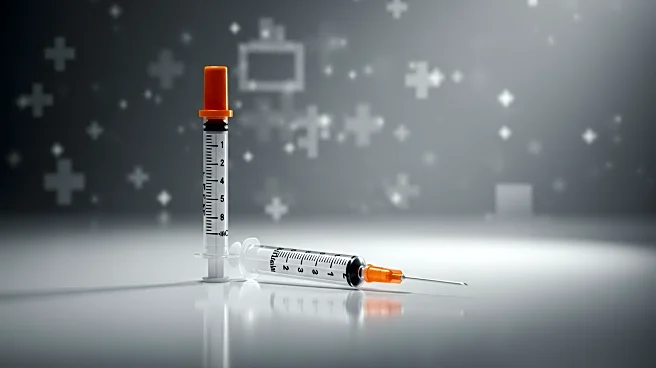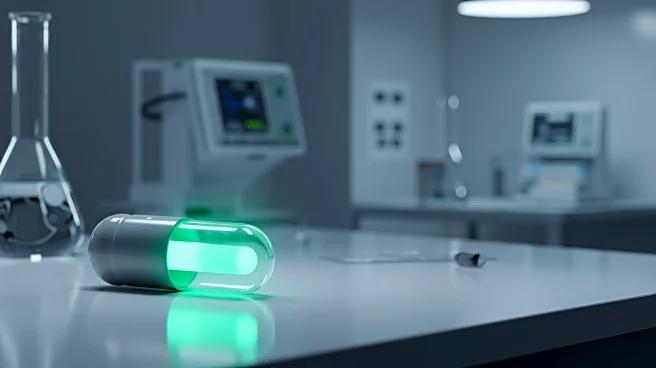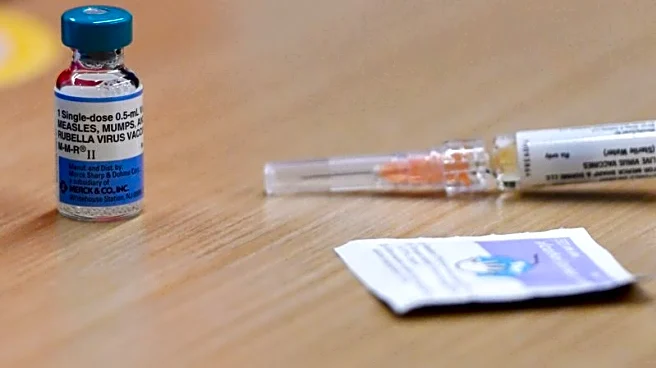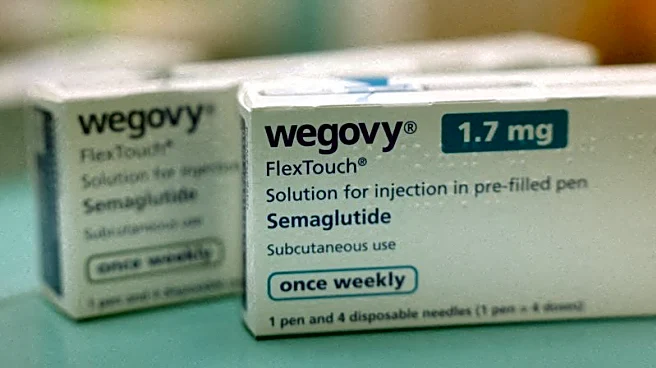What's Happening?
The market for alcoholic hepatitis treatments is expected to expand significantly over the next decade, driven by new therapies and increasing prevalence. Alcoholic hepatitis, a severe liver condition caused by prolonged alcohol abuse, is becoming more common due to lifestyle factors and genetic predispositions. The market is anticipated to grow at a compound annual growth rate (CAGR) of 6% from 2024 to 2034, with new treatments like Larsucosterol and INT-787 contributing to this growth. In the United States, there were approximately 250,000 diagnosed cases in 2023, a number expected to rise due to improved screening and awareness.
Why It's Important?
The growth of the alcoholic hepatitis market highlights the increasing need for effective treatments and interventions for alcohol-related liver diseases. As the prevalence of alcoholic hepatitis rises, healthcare systems may face greater demand for resources and support services. The development of new therapies could improve patient outcomes and reduce the burden on healthcare providers. Companies involved in this market, such as Durect Corporation and Novartis, stand to benefit from the expanding demand for innovative treatments.
What's Next?
The market is expected to continue evolving with the introduction of advanced therapies and improved diagnostic techniques. Stakeholders, including pharmaceutical companies and healthcare providers, will likely focus on enhancing treatment protocols and expanding access to care. Ongoing research and development efforts may lead to breakthroughs in understanding the disease and developing more effective interventions.
Beyond the Headlines
The increasing prevalence of alcoholic hepatitis may prompt discussions on public health strategies to address alcohol abuse and its consequences. Ethical considerations regarding access to treatment and the role of lifestyle factors in disease prevention could become more prominent.












